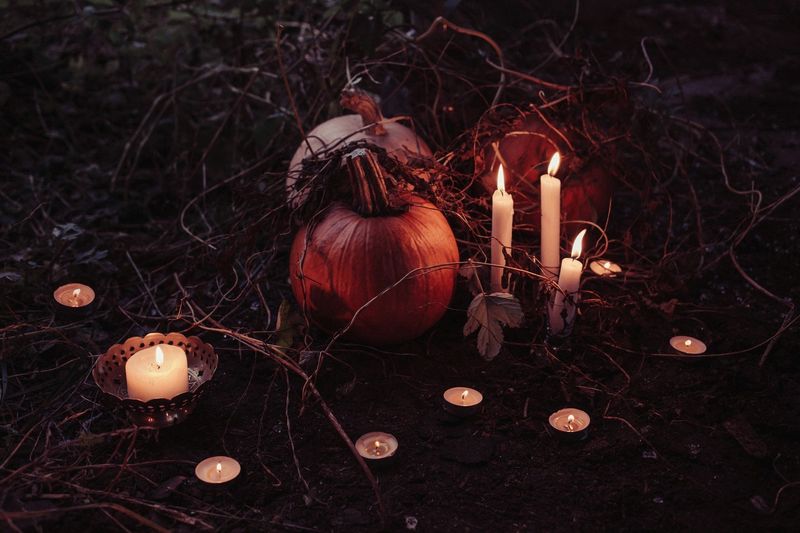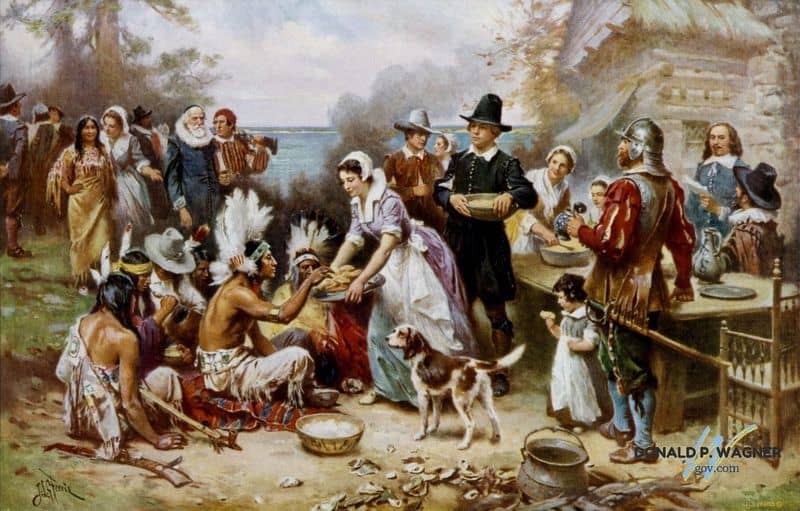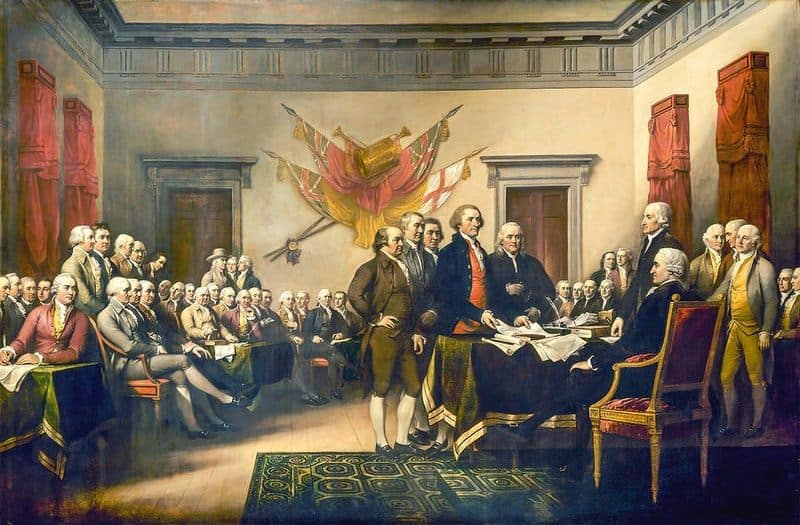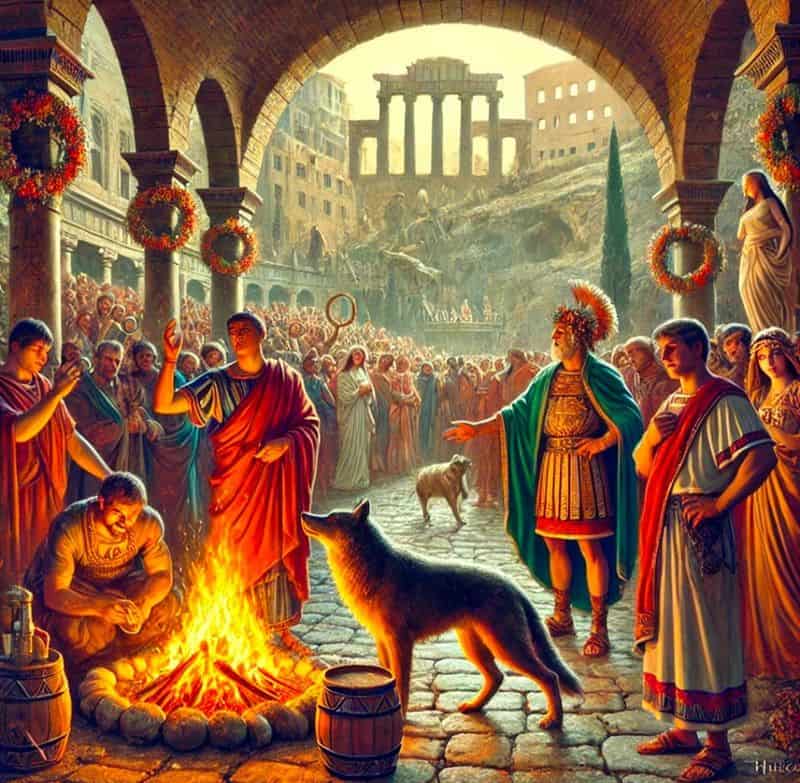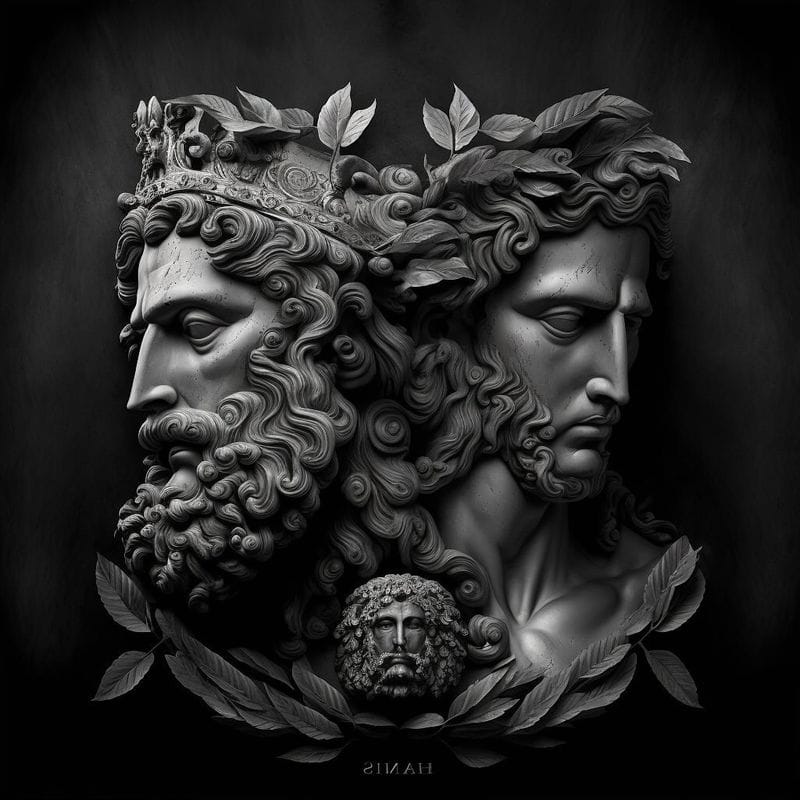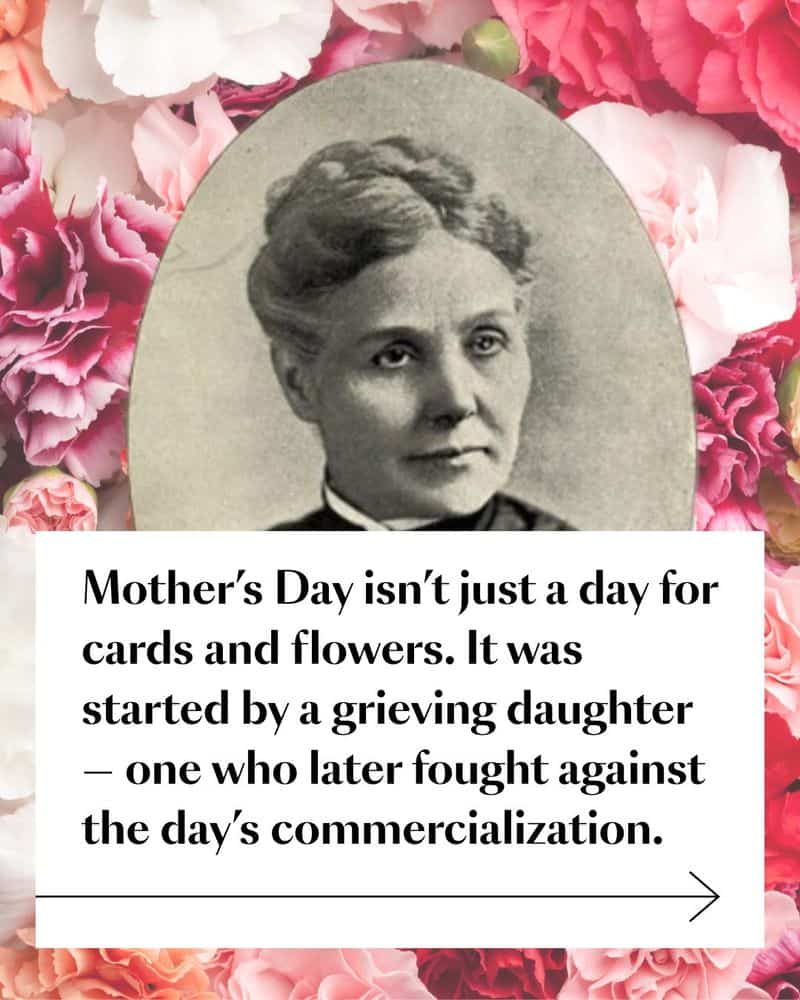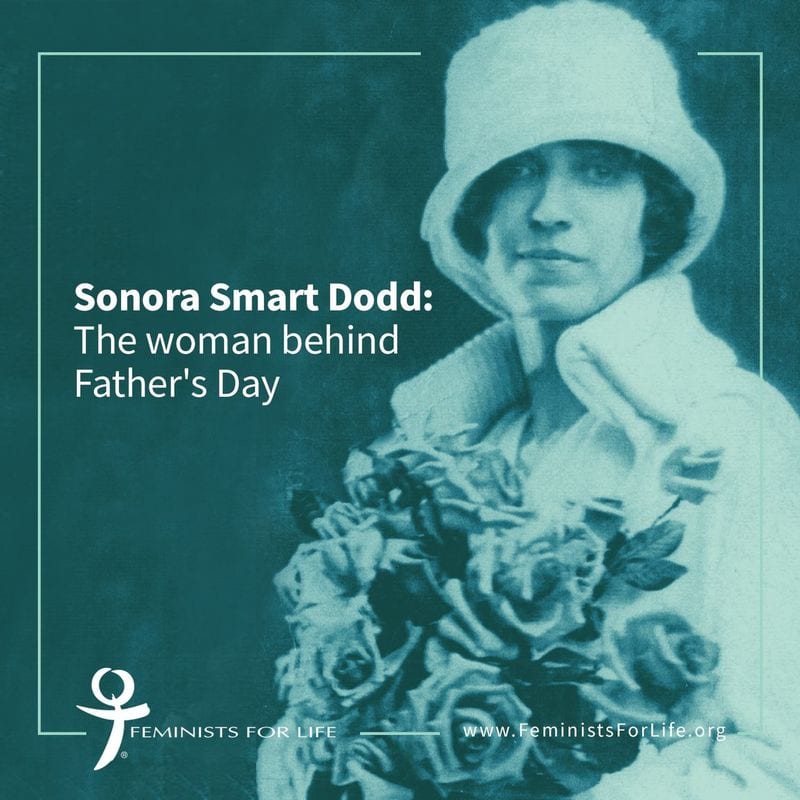Holidays bring joy, traditions, and a chance to celebrate with loved ones. But have you ever wondered where these special days actually came from?
Many of our favorite holidays have fascinating histories that stretch back hundreds or even thousands of years.
From ancient religious ceremonies to more modern commemorations, the stories behind these celebrations reveal much about our shared human history.
1. Christmas: From Winter Solstice to Worldwide Celebration
Ancient Romans celebrated Saturnalia during the winter solstice with feasting and gift-giving long before Christmas existed. The December 25th date was chosen in the 4th century, possibly to absorb these popular pagan celebrations into Christian tradition.
Over centuries, Christmas evolved differently across cultures. Germanic peoples contributed the Christmas tree tradition, while a 4th-century Turkish bishop named St. Nicholas inspired the Santa Claus figure we know today.
Victorian-era customs like Christmas cards and caroling helped shape our modern celebration, transforming a religious observance into a cultural phenomenon embraced by people of various faiths worldwide.
2. Halloween: When the Veil Between Worlds Thins
Flickering jack-o’-lanterns and costumed children trace back to the ancient Celtic festival of Samhain (pronounced “sow-in”). The Celts believed October 31st marked summer’s end and the beginning of the dark, cold winter—a time when ghosts could freely roam our world.
People lit bonfires and wore disguises to confuse wandering spirits. When Christianity spread through Celtic lands, the church established All Saints’ Day (November 1) and All Souls’ Day (November 2), gradually blending with Samhain traditions.
Irish immigrants fleeing the potato famine brought these customs to America in the 1840s, where Halloween evolved into the playful, candy-filled celebration we enjoy today.
3. Easter: Resurrection and Rebirth in Spring
Sunlight stretches longer, flowers push through soil, and Easter arrives with its curious mix of religious reverence and chocolate bunnies. The holiday’s name likely comes from Eostre, a Germanic goddess of spring and fertility, explaining the connection to eggs and rabbits as symbols of new life.
For Christians, Easter celebrates Jesus Christ’s resurrection following his crucifixion. The holiday’s date shifts yearly because it falls on the first Sunday after the first full moon following the spring equinox—a calculation blending lunar calendars with Christian significance.
Many Easter traditions have pagan roots that were absorbed by Christianity. Egg decorating dates back thousands of years across cultures as symbols of rebirth and renewal.
4. Thanksgiving: A Harvest Celebration Rooted in Gratitude
Autumn leaves crunched underfoot as Pilgrims and Wampanoag Native Americans gathered for a three-day feast in 1621. This famous meal—often cited as the first Thanksgiving—celebrated a successful harvest following a brutal winter that claimed many colonist lives.
Despite popular imagery, the menu likely featured venison, seafood, and local vegetables rather than today’s turkey and pumpkin pie. Thanksgiving wasn’t regularly celebrated until much later, becoming a national holiday in 1863 when President Lincoln proclaimed it during the Civil War as a day of gratitude.
Canada celebrates its own Thanksgiving in October, linked to earlier European harvest festivals. Both traditions emphasize gratitude, community, and sharing abundance—timeless values that transcend specific historical moments.
5. Independence Day: Fireworks, Freedom, and Founding Fathers
Cannon fire and church bells rang throughout Philadelphia on July 8, 1776, as citizens gathered for the first public reading of the Declaration of Independence. Though we celebrate on July 4th—the date on the document—the Continental Congress actually voted for independence on July 2nd, prompting John Adams to predict that date would become America’s great anniversary festival.
Early celebrations featured public readings of the Declaration, bonfires, and militia displays. Fireworks joined the tradition in the early 1800s, inspired by the Declaration’s closing words about “the support of Divine Providence” and Adams’ vision of “illuminations from one end of this continent to the other.”
The holiday wasn’t officially recognized by Congress until 1870, nearly a century after the nation’s founding.
6. Valentine’s Day: From Roman Fertility Rites to Modern Romance
Blood-soaked February festivals honoring fertility gave Valentine’s Day its surprising origins. Ancient Romans celebrated Lupercalia from February 13-15, a wild fertility festival where men sacrificed animals and slapped women with the hides, believing this would increase fertility.
The holiday’s namesake remains mysterious. Several martyred Christian saints named Valentine existed, with one legend claiming a priest named Valentine secretly married couples against Emperor Claudius II’s orders. When jailed, he supposedly sent the first “valentine” to his jailer’s daughter, signing it “From your Valentine.”
Mass-produced valentine cards emerged in the 1840s, transforming the holiday. Today’s celebration of romantic love bears little resemblance to its ancient, considerably less romantic roots.
7. Labor Day: Born from Industrial Strife and Workers’ Rights
Factory whistles blew across America on Tuesday, September 5, 1882, as 10,000 workers marched through New York City in the first Labor Day parade. Unlike most holidays with ancient roots, Labor Day emerged directly from the American labor movement during a time of dangerous working conditions, 12-hour workdays, and child labor.
The holiday gained momentum following the deadly Pullman Strike of 1894, when President Grover Cleveland signed legislation making Labor Day a national holiday—partly as conciliation to angry workers. Ironically, Cleveland had sent federal troops against the striking workers just days earlier.
Originally marked with speeches about workers’ contributions and rights, the holiday gradually transformed into a more recreational end-of-summer celebration while maintaining its connection to the dignity of labor.
8. New Year’s Day: Ancient Beginnings of Time’s Fresh Start
Babylonians celebrated the first recorded New Year’s festivities nearly 4,000 years ago—though they marked the occasion in mid-March when crops were planted. Ancient Romans initially observed their new year in March too, until Julius Caesar introduced the Julian calendar in 46 BCE, establishing January 1st as the beginning of the year.
January was named for Janus, the two-faced god who looked backward into the old year and forward into the new one. Early celebrations included offering sacrifices to Janus and exchanging gifts of branches from sacred trees, coins, and honey.
Many New Year’s traditions symbolize luck and prosperity. Eating round foods represents coming full circle, while making noise originally served to drive away evil spirits lurking at the year’s threshold.
9. Mother’s Day: A Daughter’s Mission Becomes a Global Tradition
Anna Jarvis stood in a West Virginia church in 1908, distributing white carnations—her mother’s favorite flower—to honor her recently deceased mother. This modest memorial service launched what would become Mother’s Day, though Jarvis wasn’t the first to propose honoring mothers.
Julia Ward Howe (who wrote “Battle Hymn of the Republic”) had called for a “Mother’s Day for Peace” in 1870. Jarvis’s version gained traction when John Wanamaker, a department store owner, supported her campaign. President Woodrow Wilson officially recognized Mother’s Day in 1914.
Ironically, Jarvis later fought against the holiday’s commercialization, even getting arrested for disturbing the peace while protesting against the selling of carnations. She died penniless in 1948, having spent her inheritance fighting the holiday she created.
10. Father’s Day: Born from Tragedy, Slow to Gain Recognition
Sonora Smart Dodd sat in church on Mother’s Day 1909, thinking about her father who had raised six children alone after her mother’s death. Inspired to create a similar tribute for fathers, she proposed June 5th (her father’s birthday) for the celebration, though it was later moved to the third Sunday in June.
Unlike Mother’s Day, Father’s Day faced significant resistance. Many men mocked the idea as an attempt to “domesticate manliness” and saw it as a commercial scheme. Congress repeatedly rejected bills to recognize the holiday.
President Lyndon Johnson issued the first presidential proclamation honoring fathers in 1966, but Father’s Day wasn’t officially established until 1972—nearly 60 years after Mother’s Day and largely due to persistent lobbying by men’s clothing retailers.



